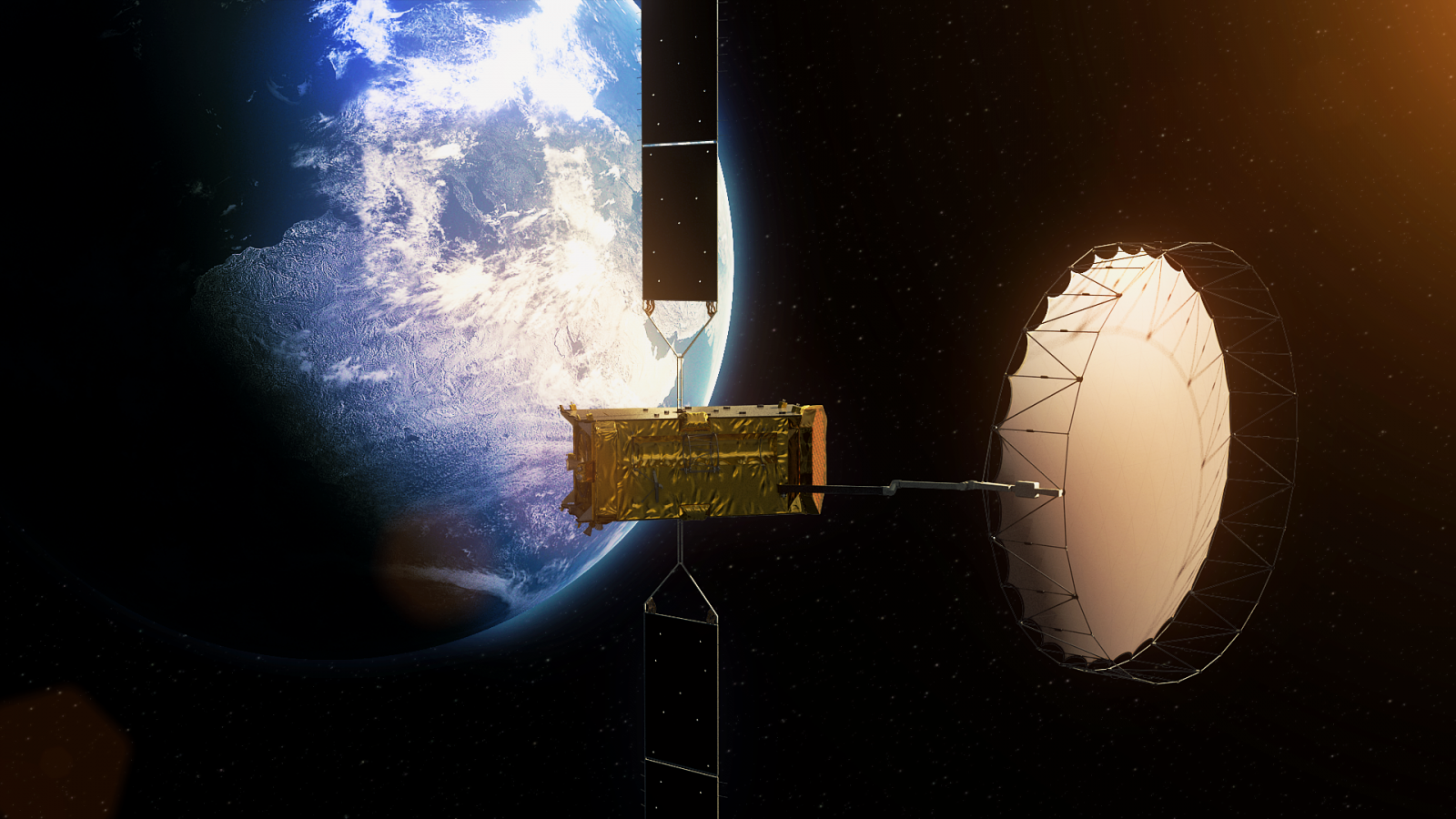In mission-critical communications, the core focus is on communicating content with effecton operations. This introduces a few new approaches that has not been widely explored. The effect is achieved if information is received in time for being actionable – which is a time dependent on the situation in question, and a more relaxed definition than “real-time” generally is understood to be. Also, similar photos or video as already seen may not have as much additional effect on SA. These elements can be explored.
While Claude Shannon, inventor of modern information theory, wrote in 1948: “The semantic aspects of communication are irrelevant to the engineering problem”, his colleague at Bell Labs, Warren Weaver’s paper (Recent Contributions to The Mathematical Theory of Communication, 1949) observes that the effectiveness of a communications process could be measured by answering any of the following three questions
- COMMUNICATIONS: How accurately can symbols encoding a message be transmitted (“technical”)?
- CONTENT: How precisely do transmitted symbols convey the desired meaning (“semantics”)?
- IMPACT: How effective is the received message in changing conduct (“effectiveness “)?
